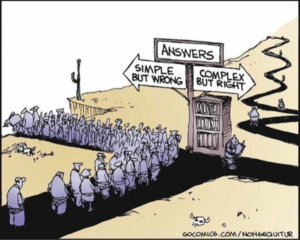
I seem to remember our nation’s sad history here when black slaves were not equal to whites. The United States Constitution’s infamous “Three-Fifths Clause” dictated that for purposes of representation in the House of Representatives African-American slaves were to be counted as less than full persons.
The recent hostage trades in the Middle East have made me wonder why nobody … and I mean nobody other than my wife … has pointed out the obvious disparity between the value of a prisoner of one side to the other. It kind of makes the racial value bias in our country seem trivial.
Go ahead and try to find out why one Hamas prisoner is worth about three of Israel’s in the news or in our national conversations even at universities? Nada. Nothing. Worse yet, those in the Israeli jails are terrorists … not everyday citizens including children and the elderly. So, we are seeing trades at 3 to 1 of terrorists for innocent non-combatant civilians?
Yet look at the protests in the streets almost everywhere and you see the size of the protests are almost in the same proportion. Gee. It seems to me that the record shows Hamas attacked Israel and killed civilians en masse.
Yes, I know the situation is complex and there are so many underlying reasons for this mutual hatred and distrust. Yes, I know that radicals on both sides fail to appreciate the attempts of the larger centrist thinkers as they attempted to find a peaceful answer.
But, to me at least, the world is speaking with an even louder voice with their failure to see this hostage imbalance. It reeks of antisemitism in my opinion. There is no other way to explain it. Simply said, Jews are worth a lot less than others, especially their Arab neighbors.
Why the silence? Is this secretly some form of reparations? Why are college campuses aflame with rage when a Jewish professor tries to explain what is happening over there? Yet this obvious imbalance is ignored.
Just askin … and I would like your opinion as well … if you even care.



